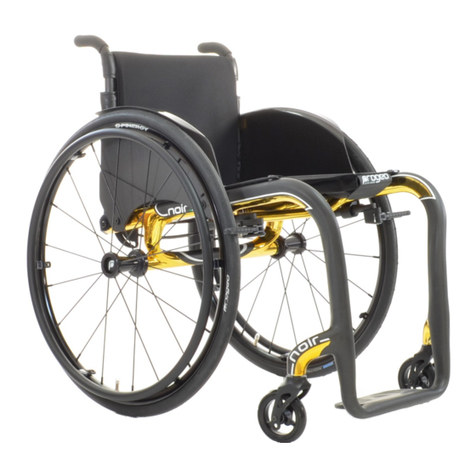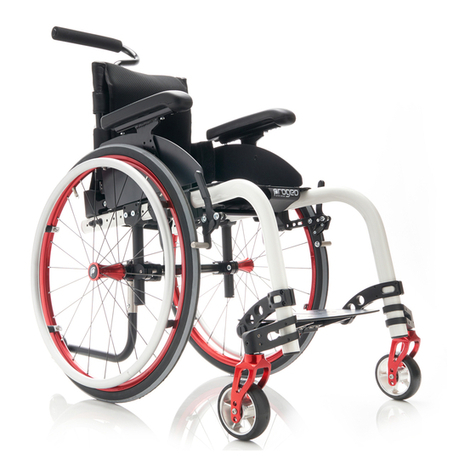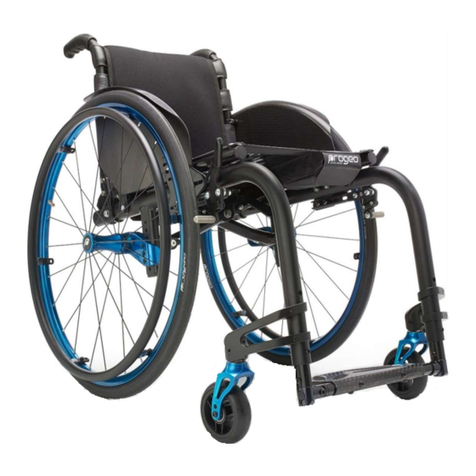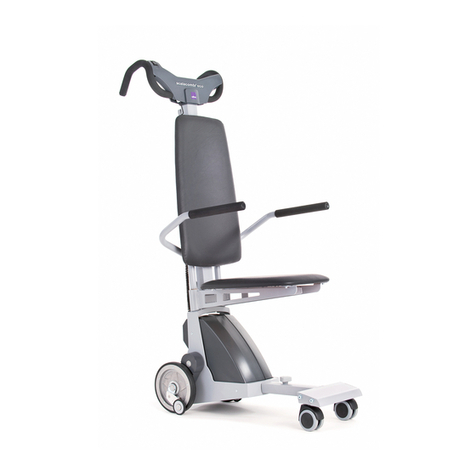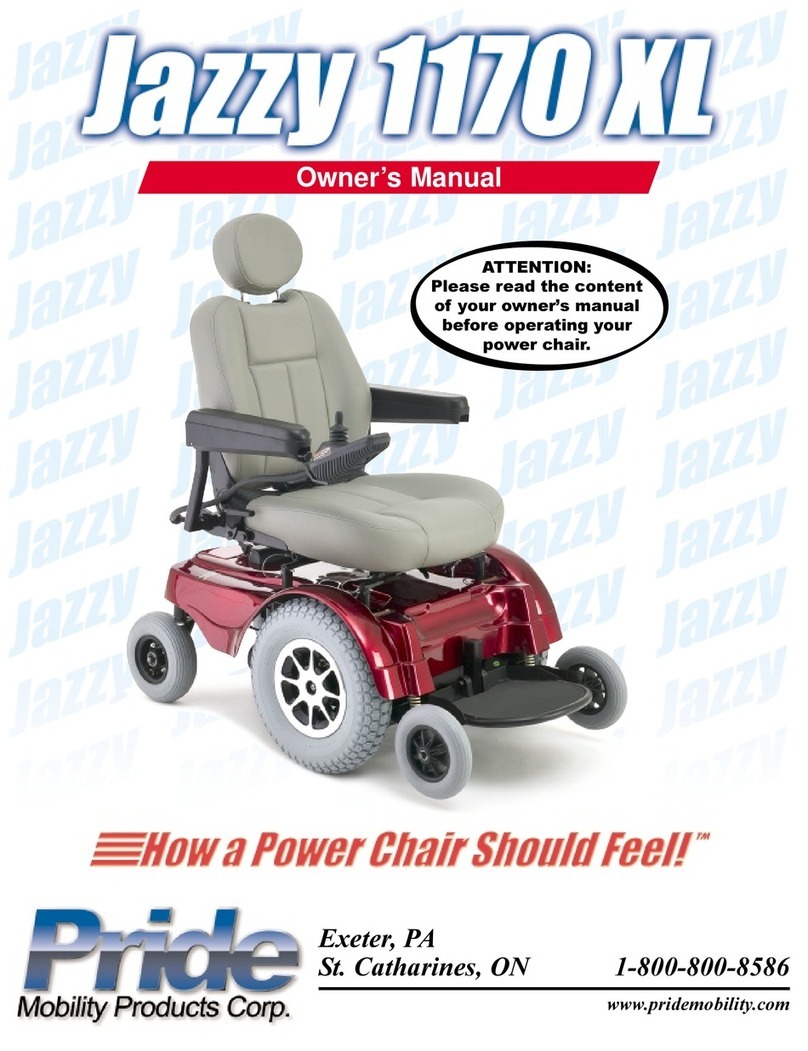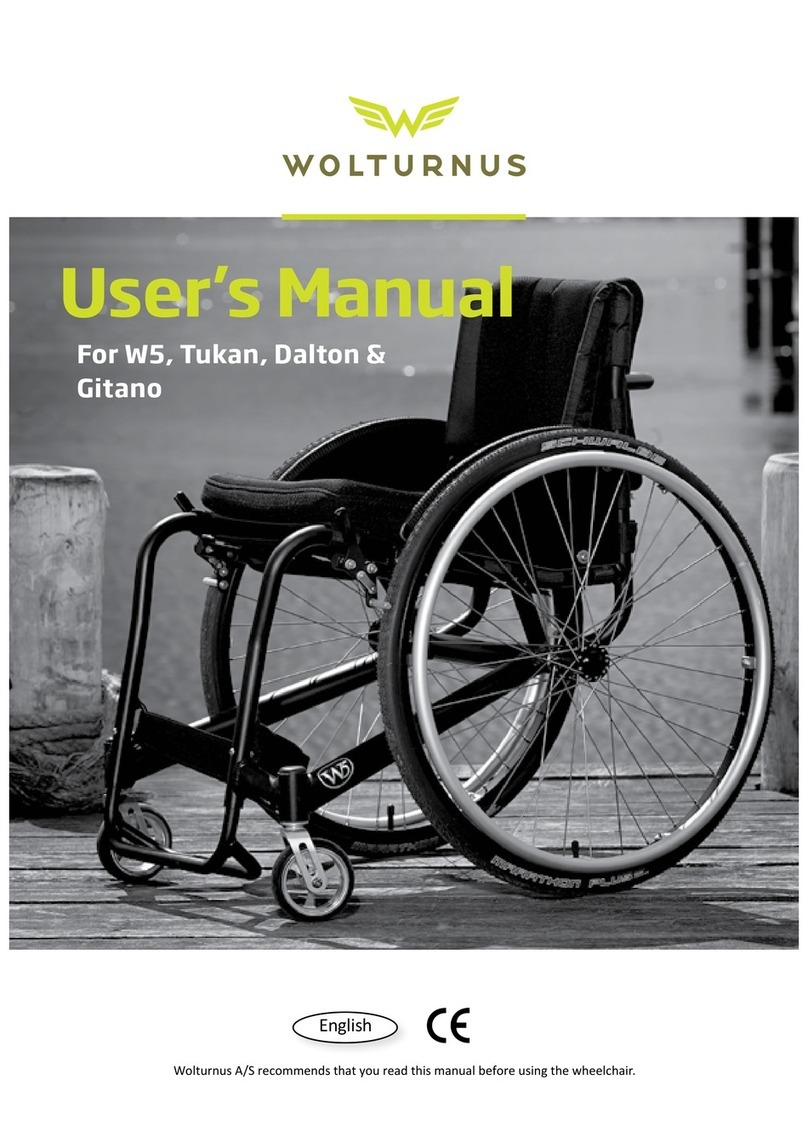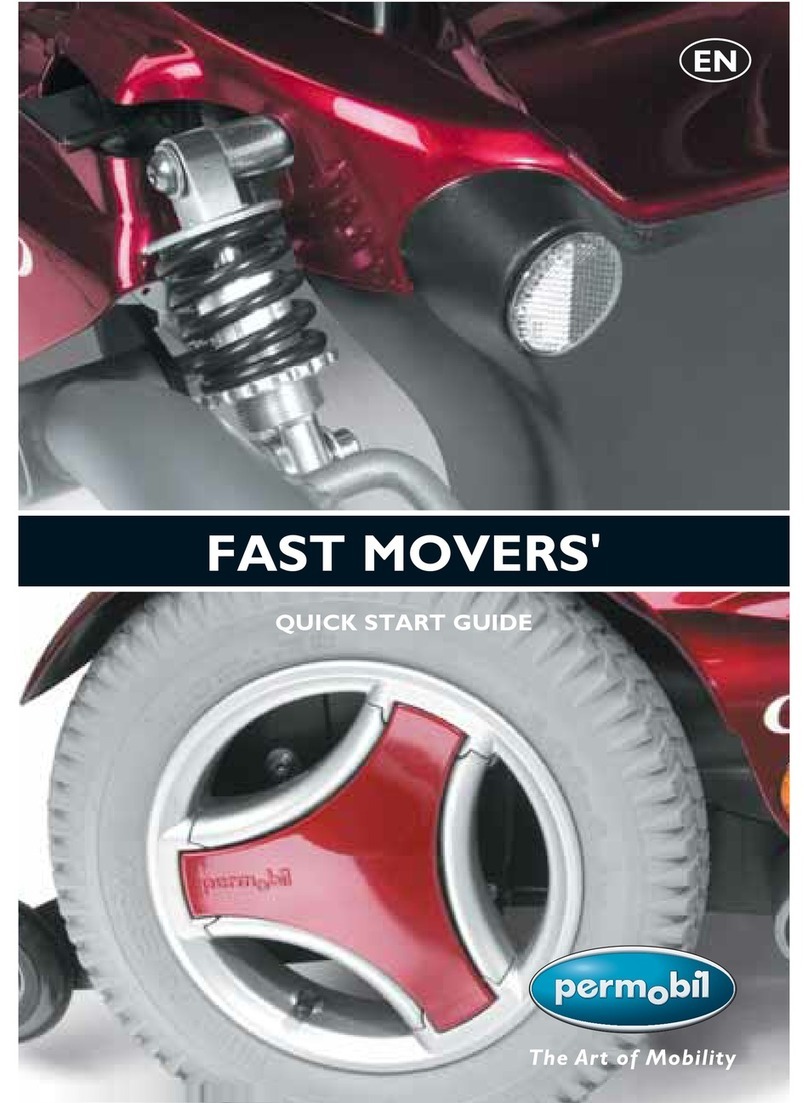progeo JOKER ENERGY User manual




















Other manuals for JOKER ENERGY
2
Table of contents
Other progeo Wheelchair manuals

progeo
progeo YOGA User manual

progeo
progeo TEKNA TILT adult User manual
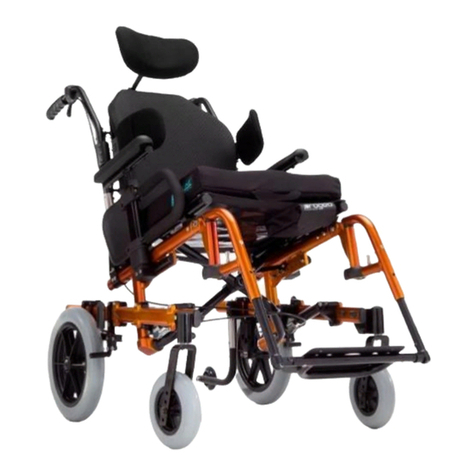
progeo
progeo Tekna Tilt User manual
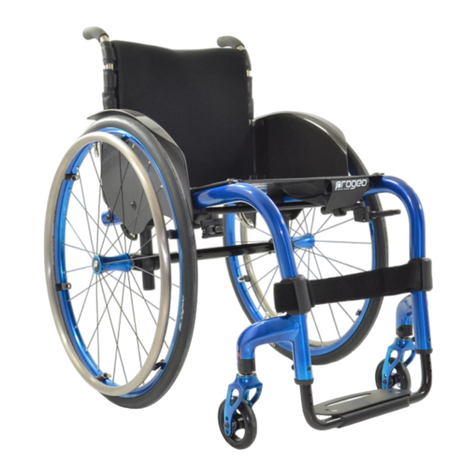
progeo
progeo JOKER R2 User manual

progeo
progeo JOKER R2 User manual
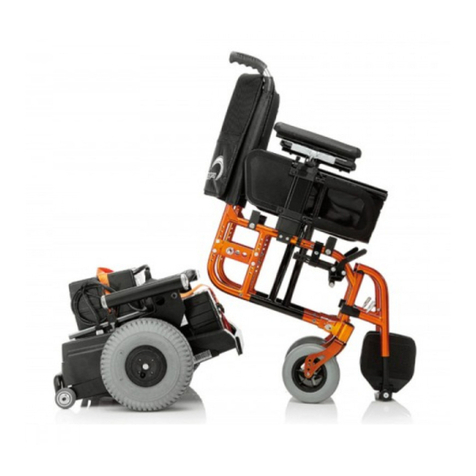
progeo
progeo VARIOTRONIC User manual
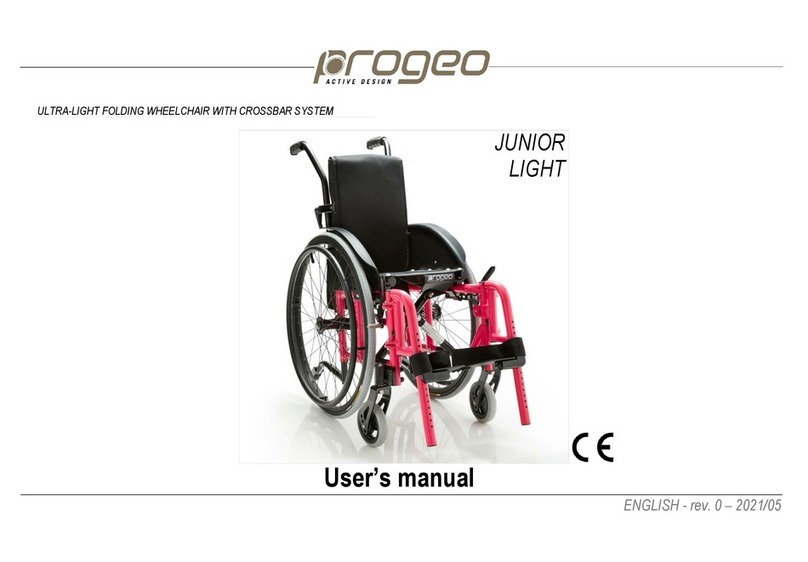
progeo
progeo Junior User manual
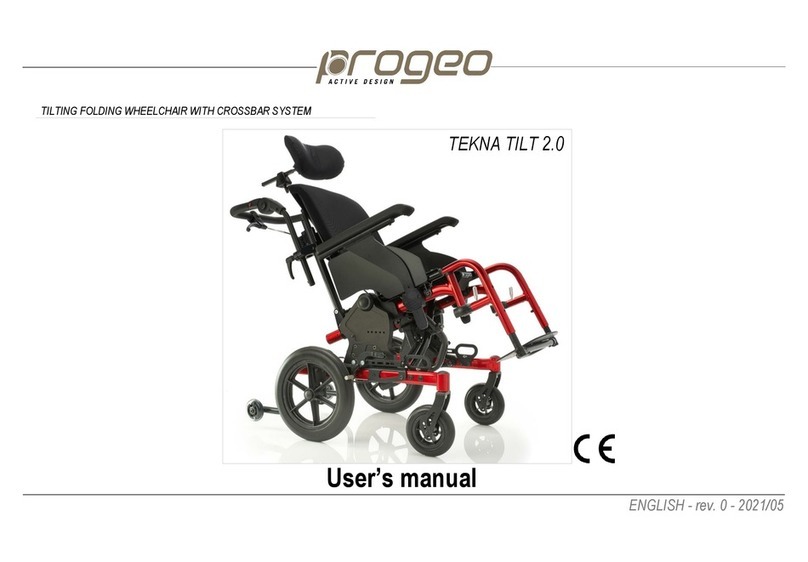
progeo
progeo TEKNA TILT 2.0 User manual
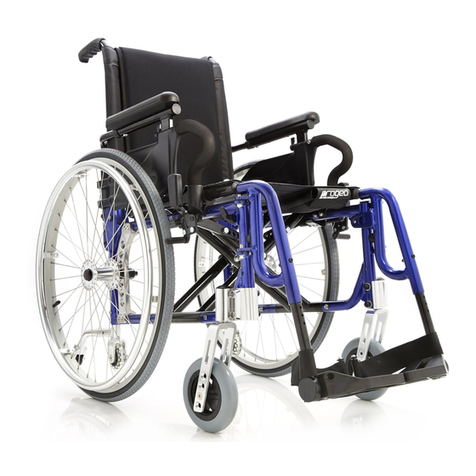
progeo
progeo Basic Light User manual

progeo
progeo MOTOTRONIK User manual

progeo
progeo VARIO CARBON User manual

progeo
progeo Raptor User manual

progeo
progeo Exelle User manual

progeo
progeo Physio Air User manual
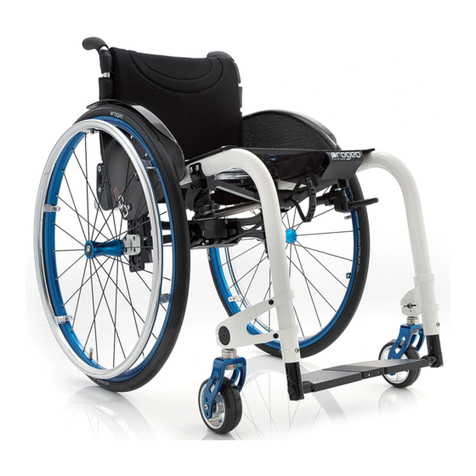
progeo
progeo ego User manual

progeo
progeo VARIO CARBON User manual

progeo
progeo EXELLE VARIO Classic User manual

progeo
progeo Tekna Tilt User manual
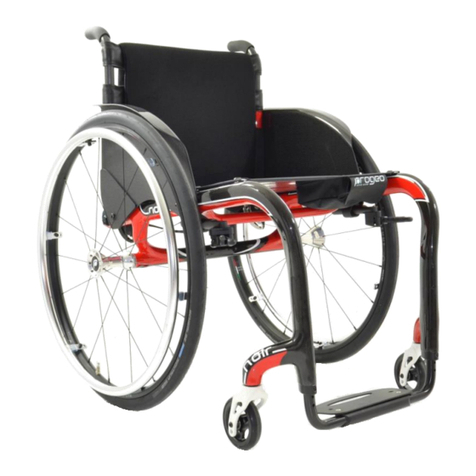
progeo
progeo JOKER ENERGY User manual

progeo
progeo ego User manual
Popular Wheelchair manuals by other brands

Permobil
Permobil Chairman HD3 owner's manual
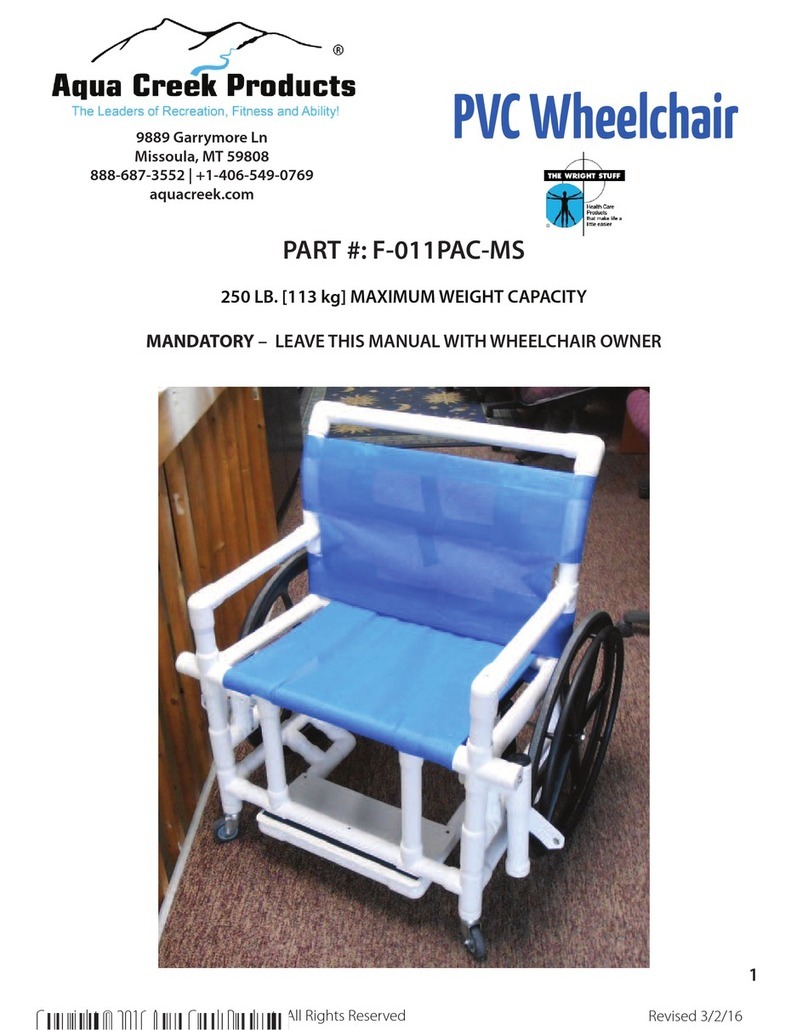
Aqua Creek
Aqua Creek F-011PAC-MS user manual

Enigma
Enigma SPIRIT manual
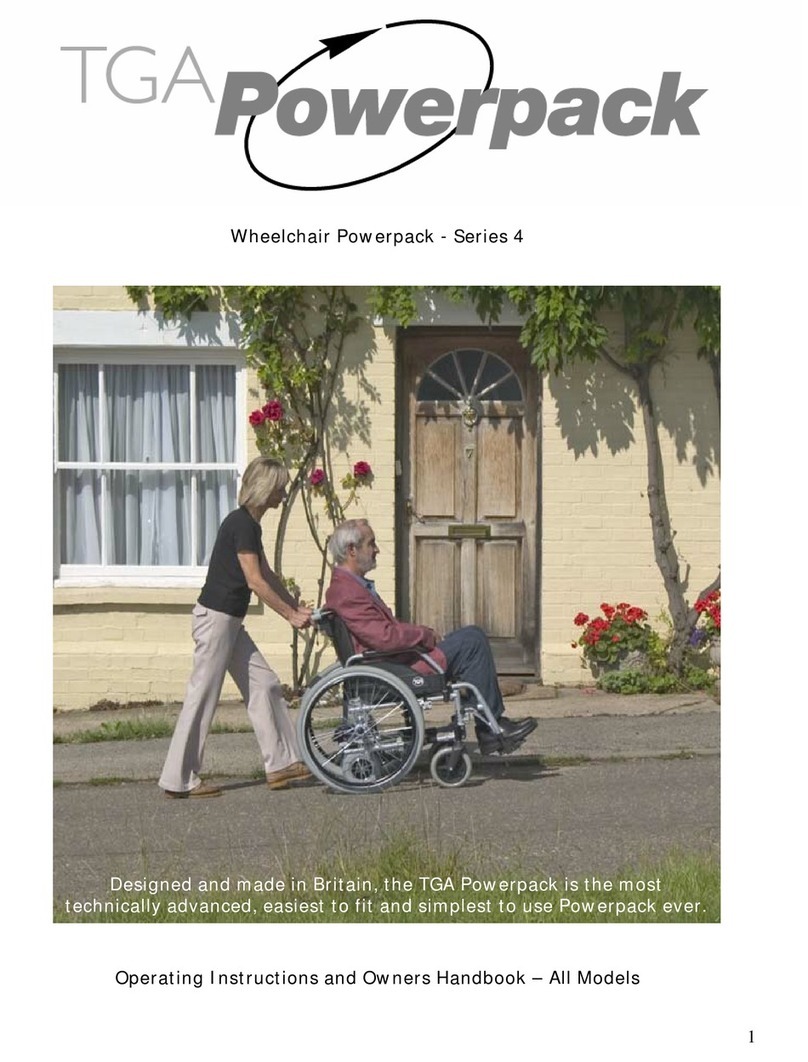
TGA
TGA Powerpack 4 Series Operating instructions and owner's handbook

Drive DeVilbiss Healthcare
Drive DeVilbiss Healthcare BELLAVITA Instructions for use

Handicare
Handicare Nuage Series user manual

Pride Mobility
Pride Mobility JAZZY 614 Series Troubleshooting instructions
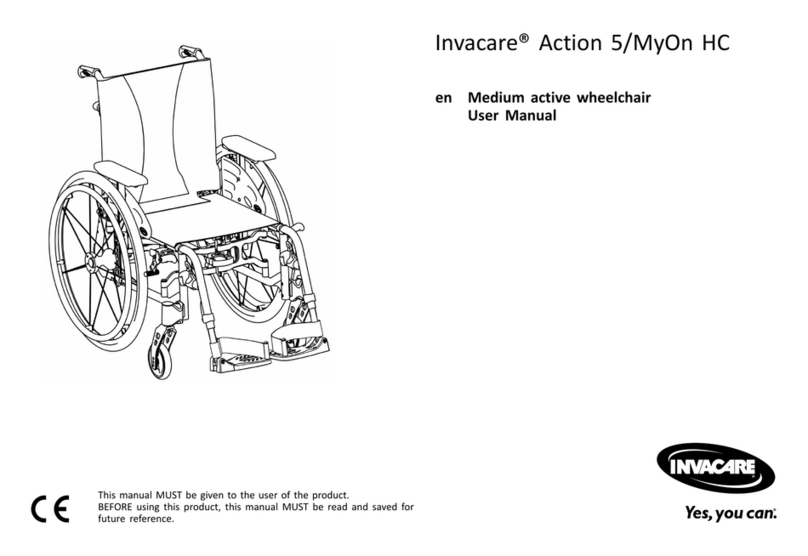
Invacare
Invacare Action MyOn user manual
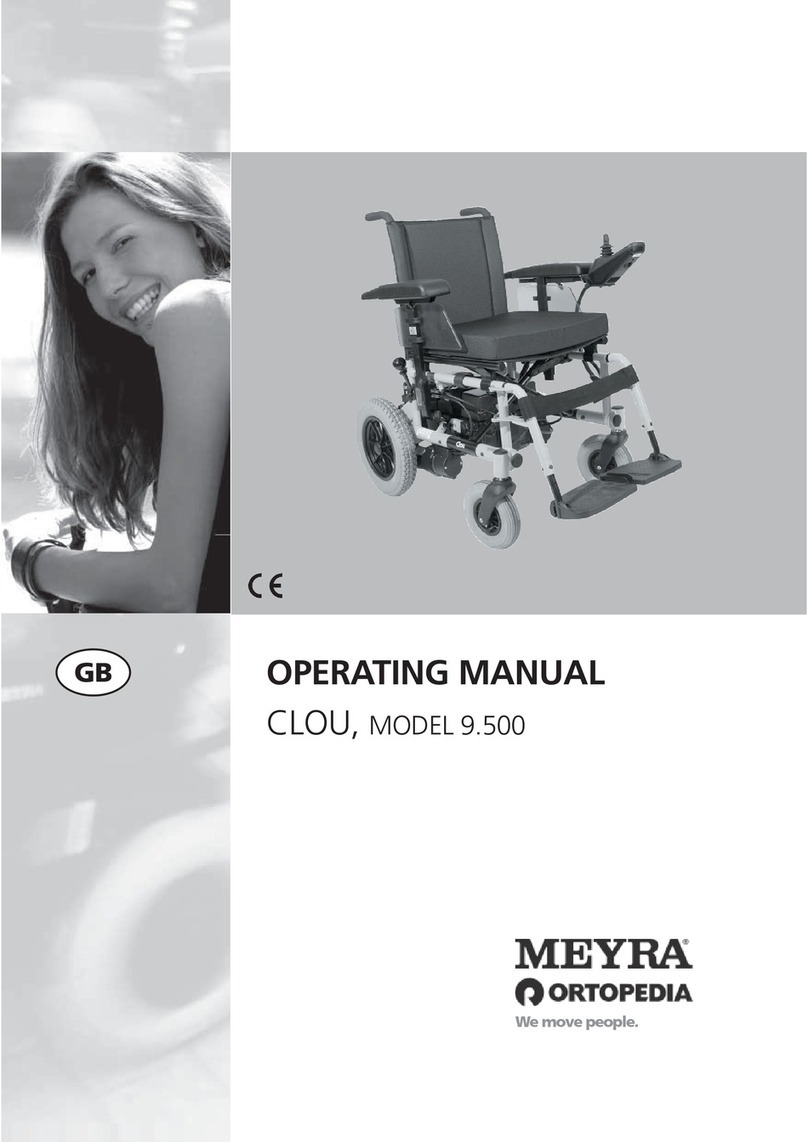
Meya
Meya CLOU 9.500 operating manual
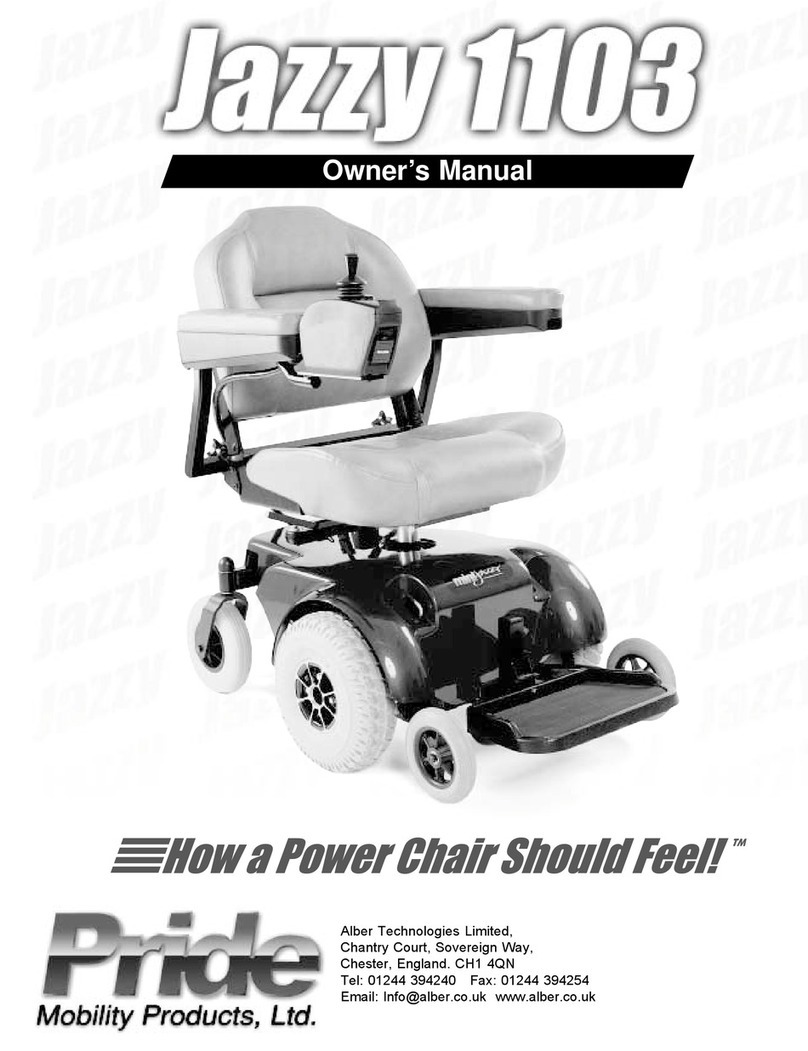
Pride Mobility
Pride Mobility JAZZY 1103 owner's manual

Future Mobility Healthcare
Future Mobility Healthcare Northern lite user manual

Invacare
Invacare Flexo Instructions for use
